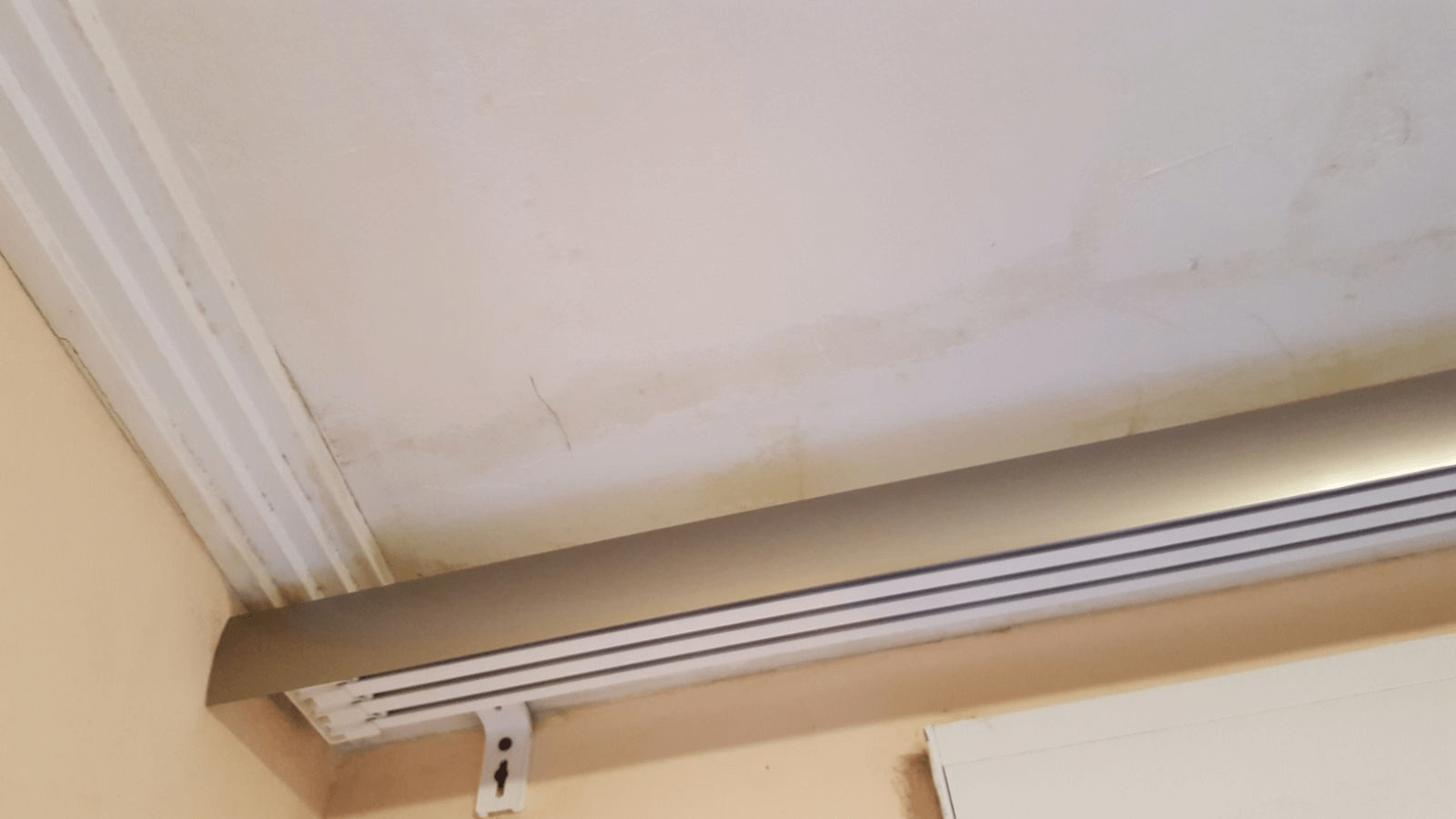
Differences between moisture by filtration and by condensation
Humidity is a frequent problem in many homes as it is dangerous both for the building and for the health of those who inhabit it. Excessive humidity generates the appearance of mites, fungi and microorganisms very harmful to the inhabitants of the house and problems related to the structure of the home. Therefore, it is important to determine which type of moisture affects the house to find a solution. The main types that are commonly found are by filtration and by condensation.
Moisture by filtration
This type of moisture originates from water that penetrates from the outside to the interior of the house appearing on walls or ceilings. Rain is often the main cause of moisture by filtration, although it can also come from pipe breaks. Its most usual aspect is in the shape of dark stains and chipping on the walls.
Moisture by condensation
Dampness by condensation occurs when the temperature of a dwelling is higher than the one on the outside of the dwelling. It forms on a surface when its temperature is below the dew point of the air that is in contact with it. This point varies depending on the ambient temperature, increasing in the cooler areas like exterior walls or facades, as well as on non-absorbent surfaces such as windows.

Differences between moisture by filtration and by condensation
The main difference between moisture by filtration and moisture by condensation is its own origin, but also:
-
The origin of the filtration is usually a specific point in which there is a fracture or break of either the roof, exterior wall or some pipe.
-
The origin of the condensation is in the environment of the house, although it is evident in the coldest areas of this one.
-
Filtration may occur at any time of the year. Condensation usually occurs in cold times (autumn or winter) because of a high temperature inside the building and a lower temperature outside.
-
Condensation usually appears due to lack of good insulation on the walls of the house and poor ventilation.
-
When a filtration occurs, a very marked stain is always visible on the surface. However, the condensation may appear in a more diverse way. For example: fog in mirrors and windows, mould in corners, paints and loose plaster, unpleasant odours, etc.
-
A small filtration can worsen and create leaks, while moisture by condensation will never become a leak.
-
Moisture by filtration and by condensation can cause negative effects on health if they are not treated in time: asthma, sinusitis, respiratory allergies or headaches, among others.
Moisture treatments
To treat moisture by filtration, the main thing to do is to locate and treat the origin of the moisture. If you only paint the surface and do not attack the root of the problem, the filtration will most likely reappear.
Once the origin is found, the affected surface must be repaired by removing impurities with water and bleach. When this procedure has been performed, it is advisable to apply a paint with special anti-humidity properties, such as Anti-Damp paint from Blatem with high breathability and resistance to saponification.
On the other hand, to treat moisture by condensation, we must determine the cause together with an expert. If mould spots have appeared, it is very important to remove them completely, as they are very harmful to health. To do this, it is necessary to clean them with water and bleach and to apply an anti-condensation paint like this one from Blatem that has thermal insulation and anti-mould properties. It will also be essential to check and improve the insulation and ventilation of the home.
Finally, there are coatings for facades that protect the outside of the home, such as Mar Liso with anti-mould preservative and sprint mate with anti-mould preservative. This product is waterproof, self-cleaning and has anti-mould properties that prevent the appearance of annoying moisture spots.



















